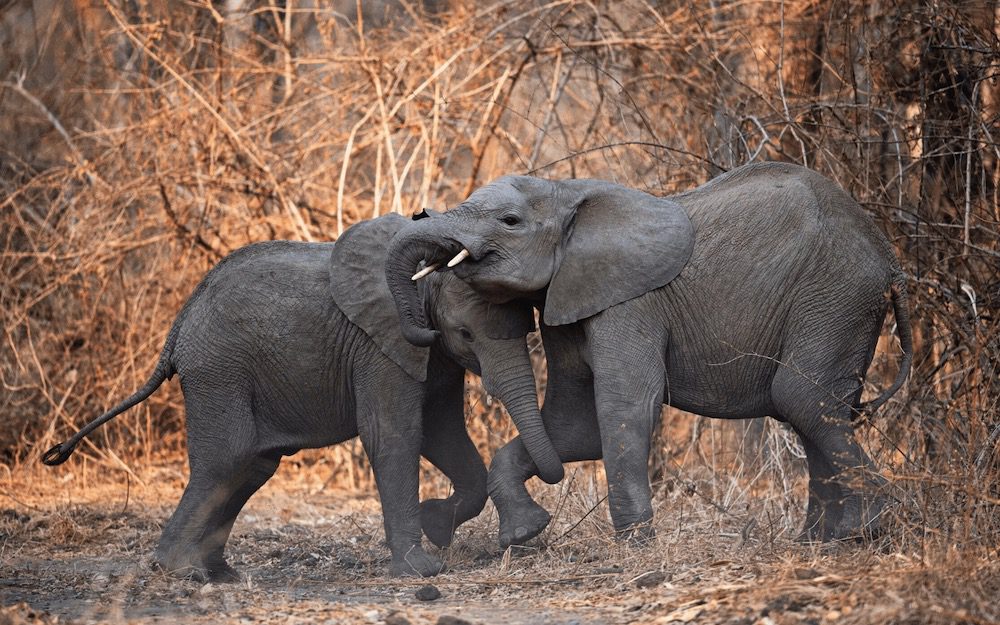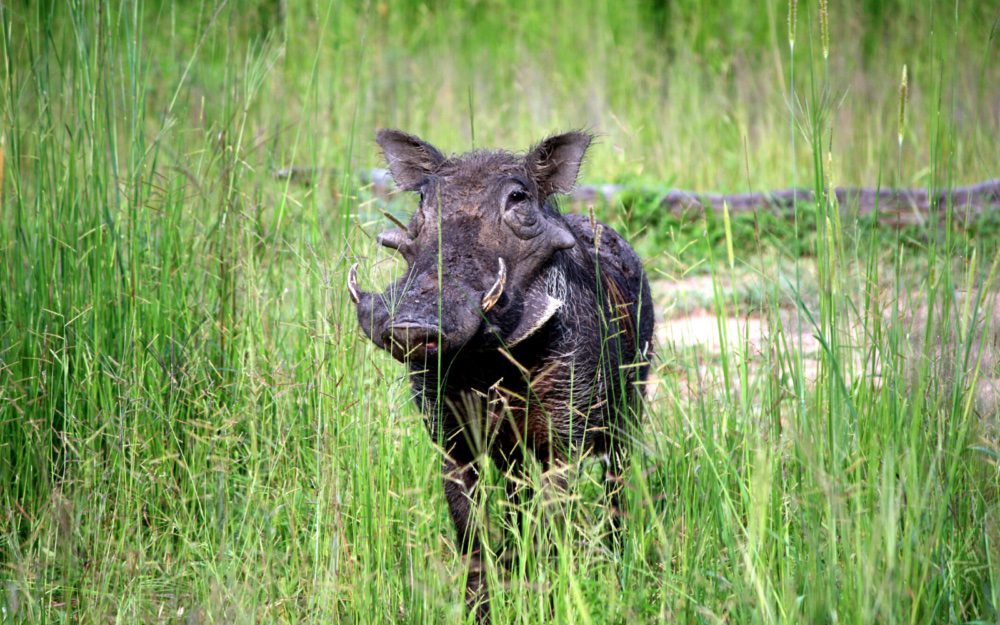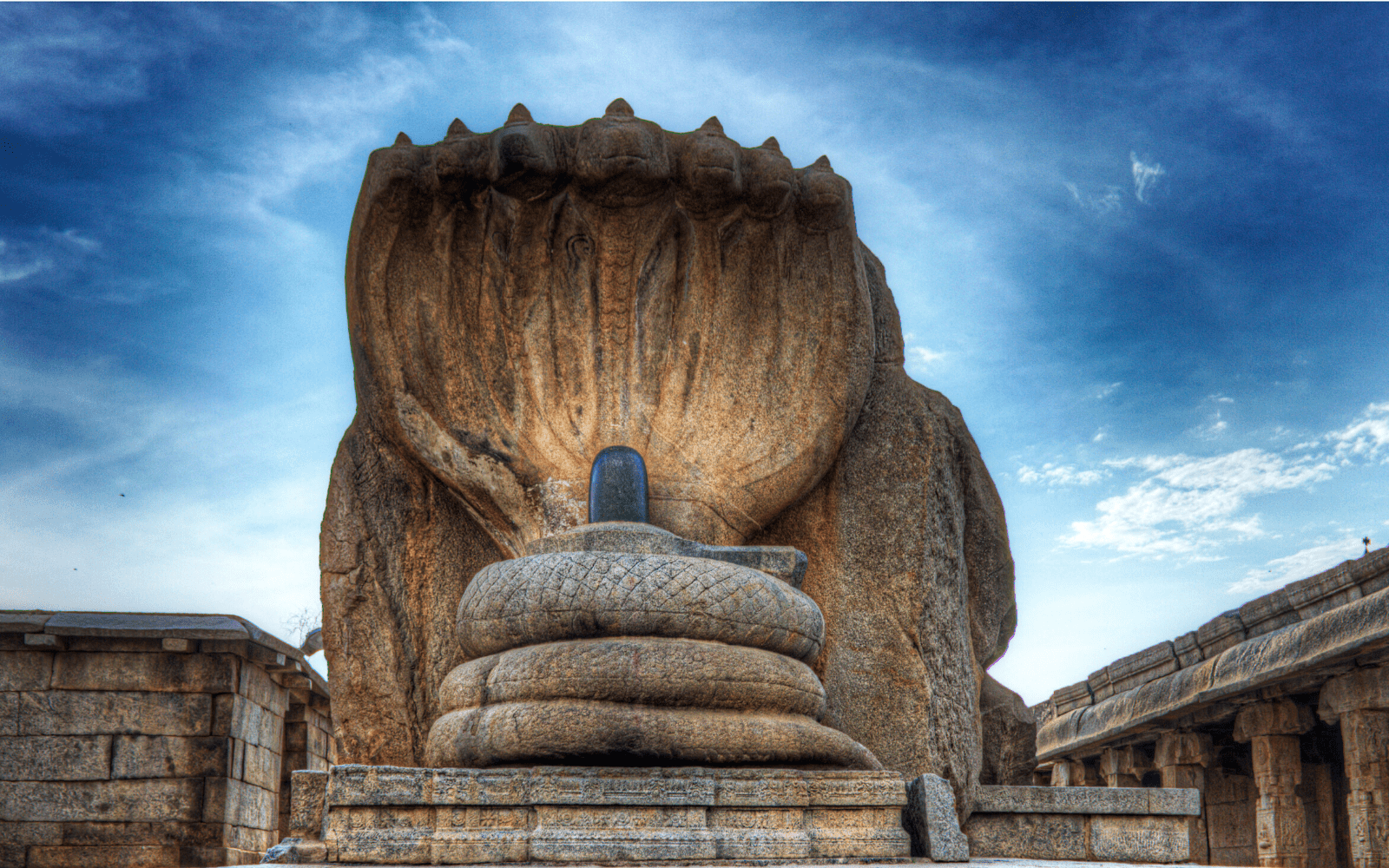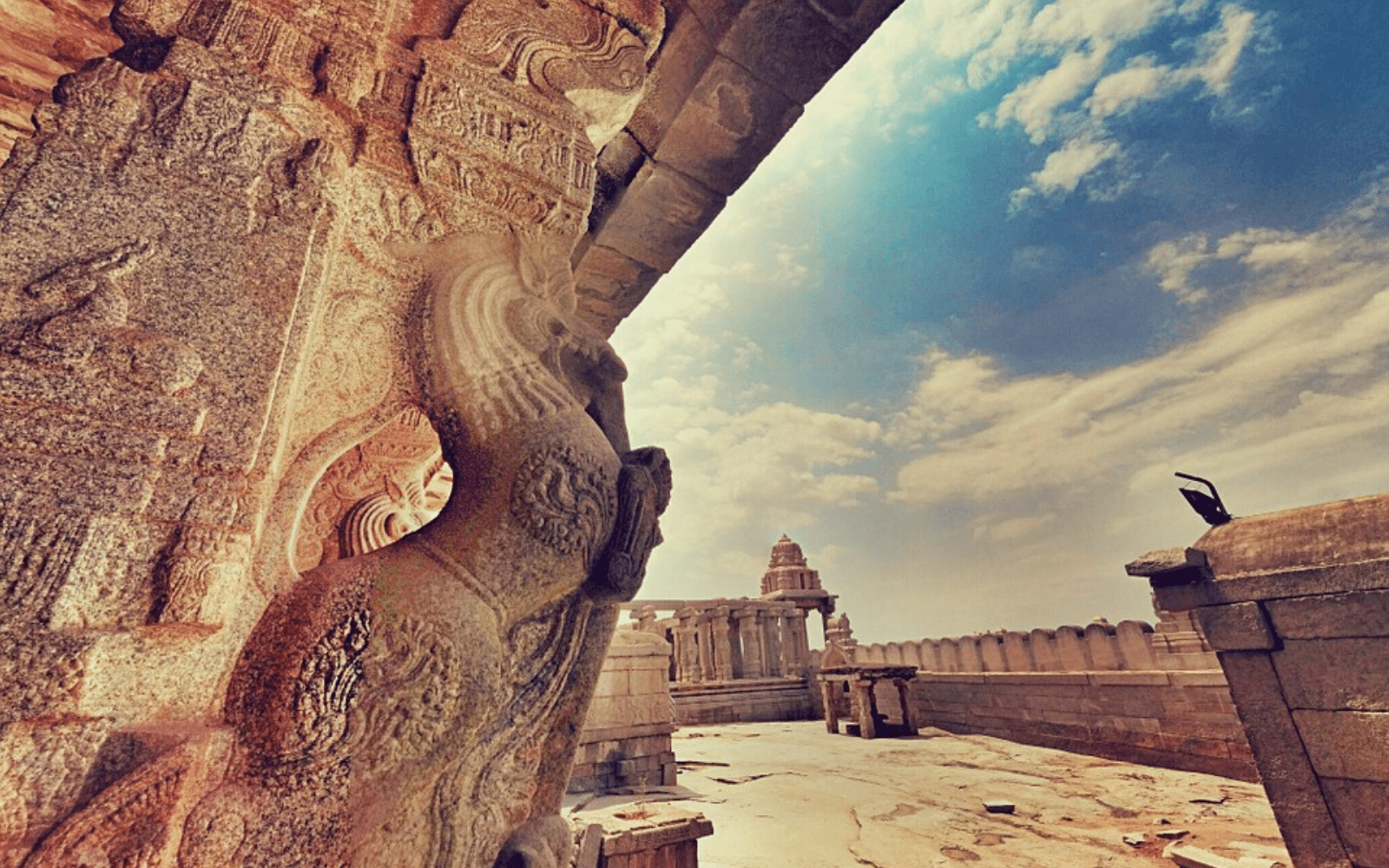In our living memory, travel has become a democratic pastime.
We are all adventurers today. And yet, feeling like a bona fide explorer remains a peculiarly rare experience.
The ingenious traveler may consider demanding a truly remote safari location.
And the wishes of the most ingenious travelers are our favorite commands.
Let’s start by acknowledging that our vast wilderness areas have become so popular that some of the most trendy areas and adventures may teem with humans instead of animals. The peace and isolation we dream of when we think ‘safari’ can be as rare as the pangolin.
The far-flung destinations remain isolated because they are difficult to reach and are visited by very few other humans. This makes some of these places more expensive and complicated to include on your safari tour, and it is helpful to leave your travel planning with someone who has visited the area and can give your unbiased, first-hand information and guidance.
But with the right guide, the magical pangolin sighting is still within reach.
It is still possible to find yourself in a place where you can look around and wonder, for a moment, if the last 200 years of civilization and development had ever taken place.
Here are some very remote destinations (that none of your friends have been to😉)
P E O P L E
1. Omo Valley Tribes — Ethiopia
The isolated villages of the pastoral Hamar have been visited by very few westerners. Here the women beautify themselves with fascinating braided hairstyles covered in red ochre and butter, and it is tempting to think that this is as different from the western world and as remote as it is possible to get.
Until we visit the southern extremities of the Mursi, where villages remain almost entirely cut off from outside influences.
Travelers may have spied the people of the Omo River Valley on the cover of National Geographic. They may not be surprised by their pierced lips and earlobes, their scarified and painted bodies, but the real revelation lies in spending time with them and learning, not only about how we differ but the humanity that unites us.
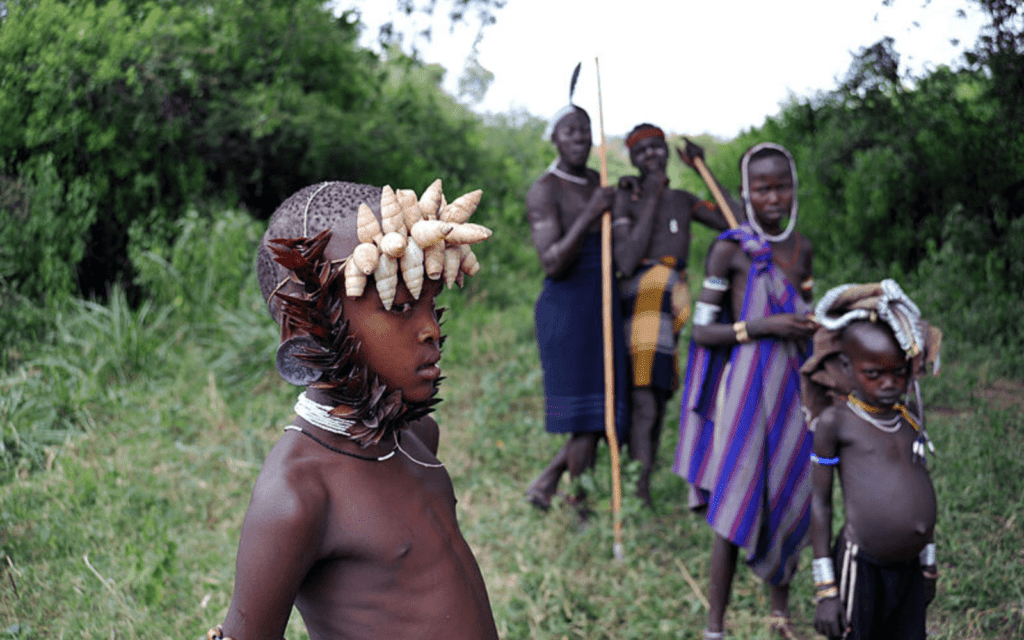 Image © Wikimedia commons
Image © Wikimedia commons
2. Jawoyn — Australia
Four hours south of Darwin, the sandstone gorges of Nitmiluk National Park is transformed yearly by the magic of electrical storms into a world of waterfalls, against a sea of magpie geese, brolga cranes and jabiru storks.
It is an extraordinary place that is home to the Jawoyn, one of the oldest living cultures on earth. Here, kangaroos, turtles, and emus run with spirits and warriors throughout around 3000 rock art sites. A helicopter offers the only way into the most secluded places and emerald-colored swimming holes in remote gorge systems. Discovering the art, crafts, and culture of the Jawoyn is an extraordinary privilege.
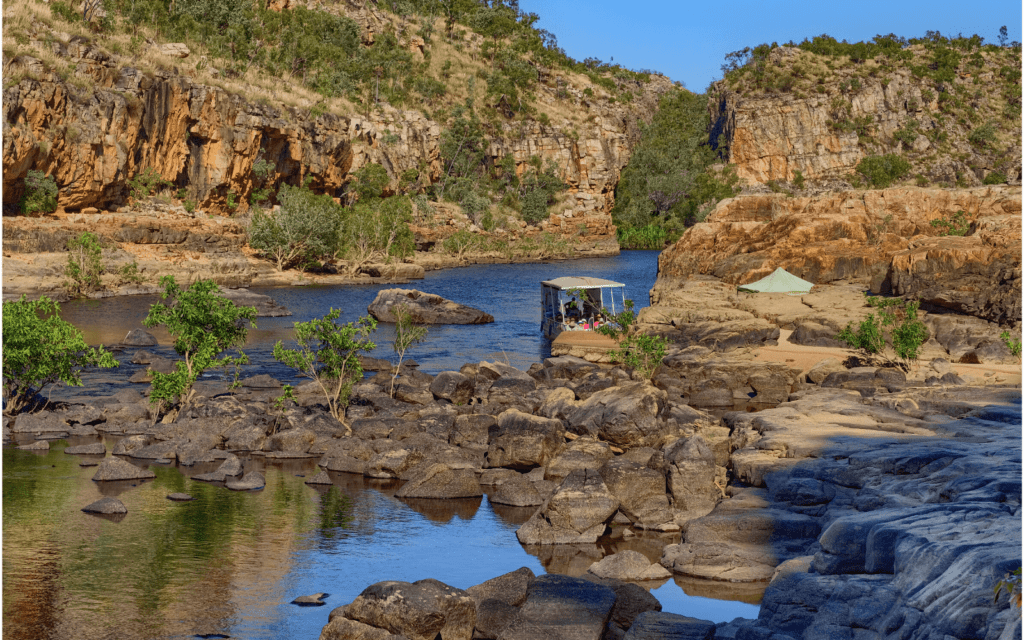 Image © Geoff Whalan – flickr creative commons
Image © Geoff Whalan – flickr creative commons
3. OvaHimba — Namibia
The Kunene River in the far north of Namibia runs along the border with Angola. Namibia’s last remaining semi-nomadic pastoral Himba tribe arrived here 500 years ago, and if you can reach this far across the desert, you can step back into history and experience the ancient and incredibly fascinating traditions they continue to live by.
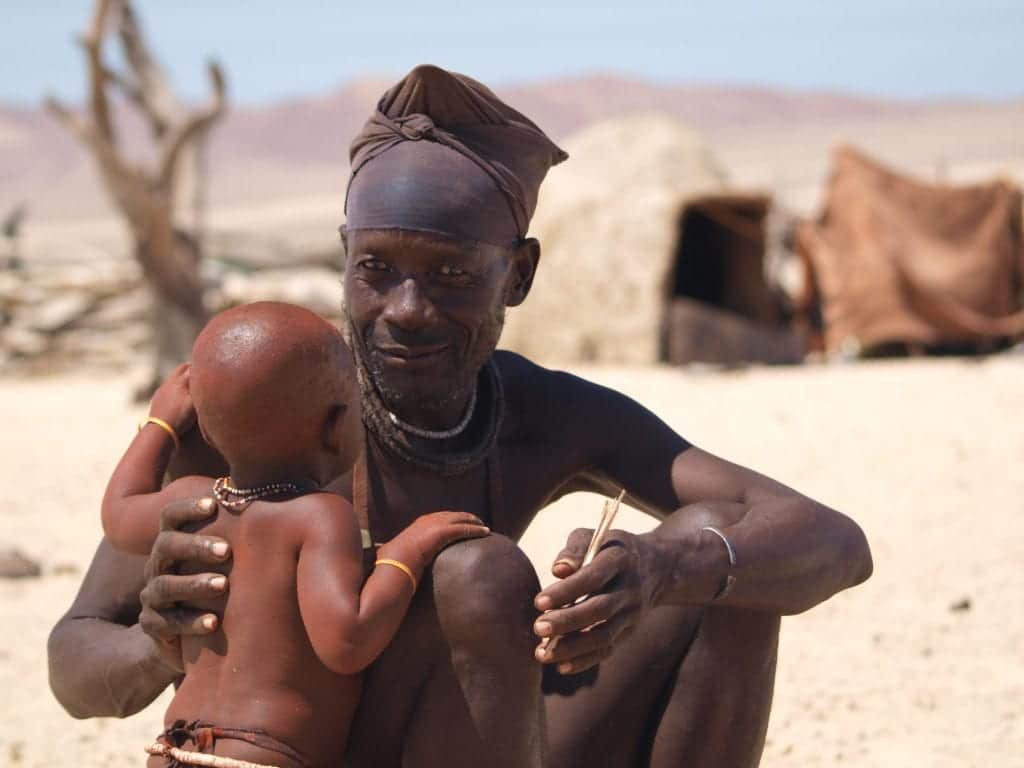
4. Karamojong and Ik — Uganda
The Kidepo Valley National Park is a place few travelers go. Kidepo is the type of site that is usually only visited by journalists and academics, and Uganda is still wild here. This untouched Ugandan wilderness is spectacular. Savannah, mountains, and valleys stretch away to the horizon. Beautiful to look at but a harsh place to live. Here, the Karamojong can be found moving their cattle in search of grazing, and, unlike the rest of Uganda, they remain dressed in blanket shawls with women adorned with elaborate beadwork.
Even more remote are the Ik who live near Kidepo and is known as Uganda’s Mountain people. This remote safari is not for the fainthearted traveler, getting close is only half the battle, then you must still hike to almost 9000 feet (2700 m) to find them.
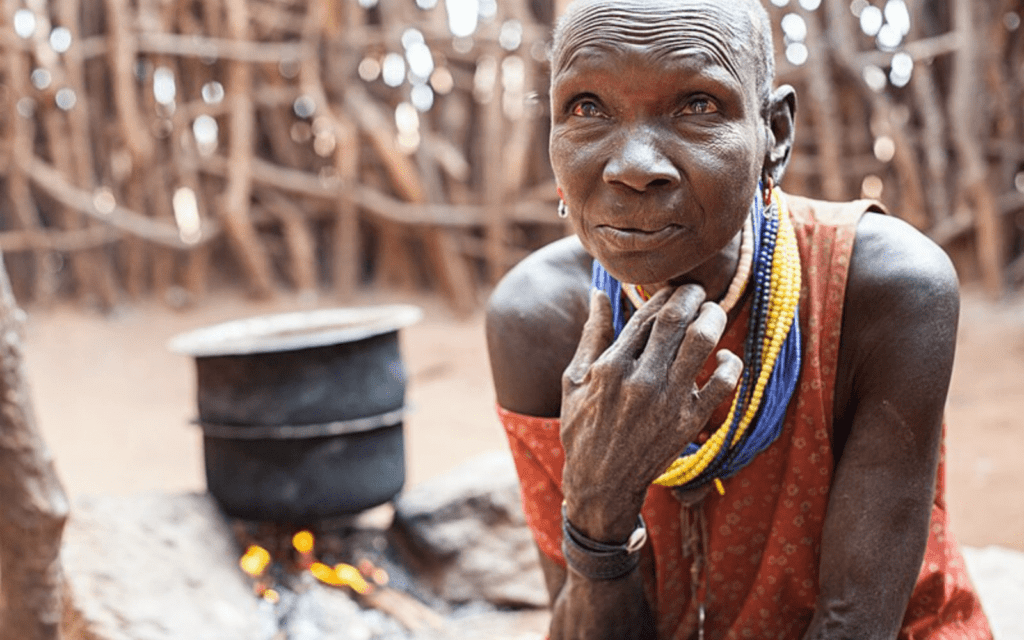 Image © Wikimedia Commons
Image © Wikimedia Commons
W I L D L I F E
5. Katavi National Park — Tanzania
Remote Katavi is Tanzania’s third largest but least visited park. The seasonal Katuma River and Ngolema, Katisunga, and Chada floodplains contract during the dry season, drawing the wildlife like iron filings to a river magnet. Hippos, buffalo, elephant, lion, and hyena all congregate for your viewing pleasure… and when the rains arrive with the migratory roads, the roads disappear.
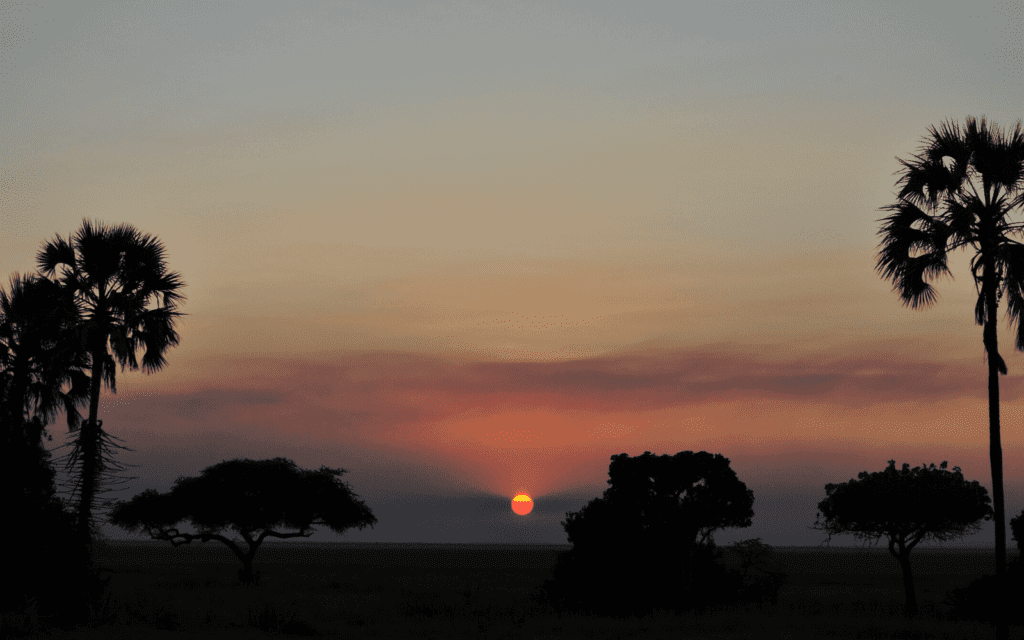 Image © Steve Ody — unsplash.com
Image © Steve Ody — unsplash.com
6. Mahale Mountains National Park — Tanzania
You reach Greystoke Mahale in western Tanzania, on the shores of Lake Tanganyika, by dhow from an airstrip. There are no roads here. Mountains rise into the air behind the camp, and from here you can trek for chimpanzees in the surrounding rainforest.
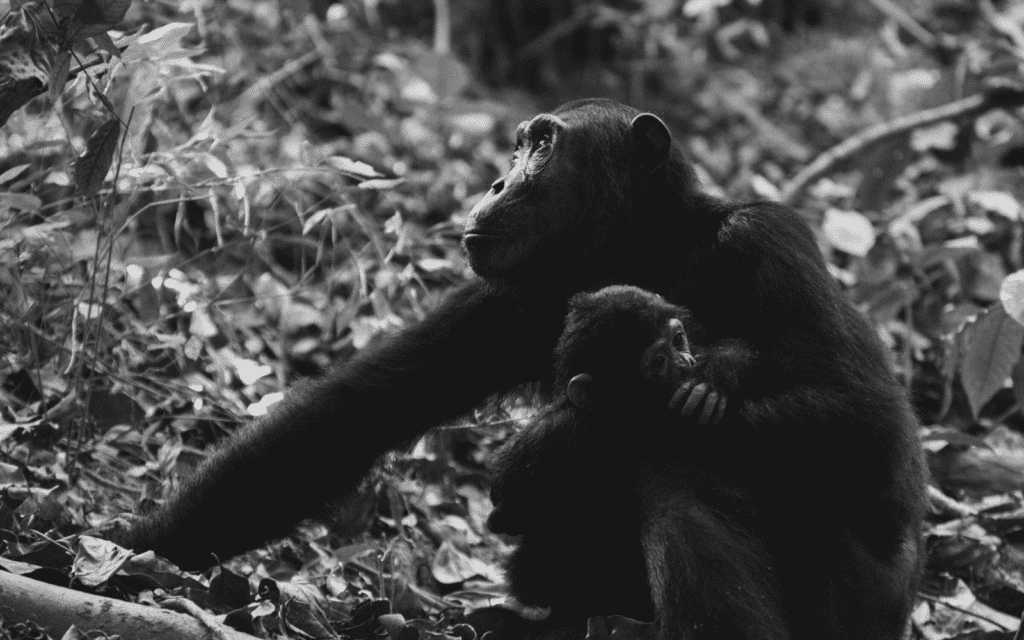 Image © Ryan Al Bishri— unsplash.com
Image © Ryan Al Bishri— unsplash.com
7. Ruaha National Park —Tanzania
The second-largest national park in Tanzania is a hotbed of African safari wildlife and birds. Elephants and a stunning array of plains game, including the lesser kudu, the sable, and the roan wander along under the watchful eyes of massive crocodiles and hippos in the Ruaha river. It is a lush and welcoming park for predators, and they are present in abundance.
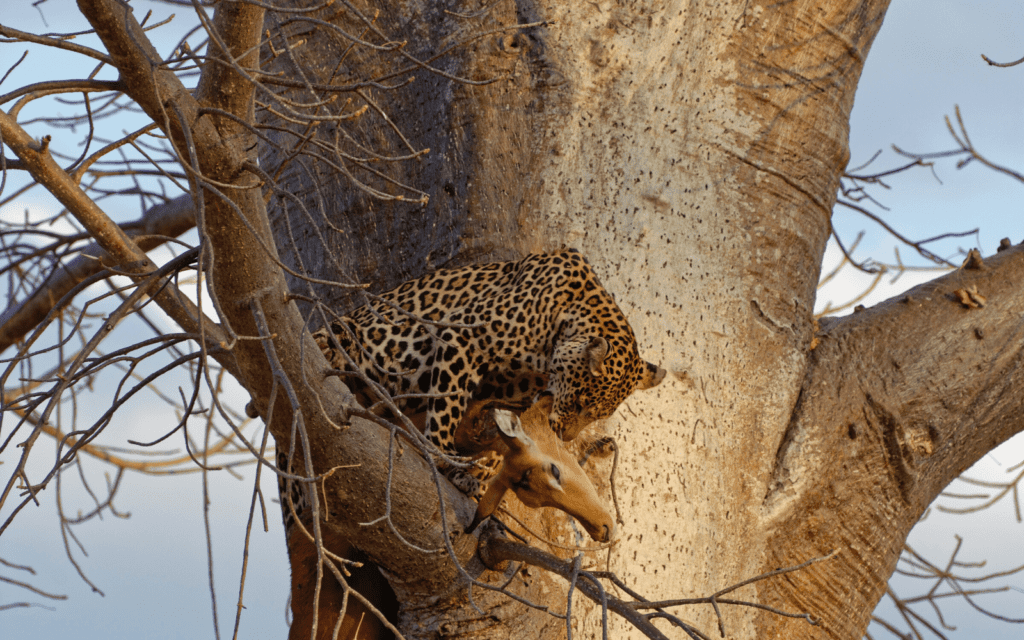 Image © Colin Watts — unsplash.com
Image © Colin Watts — unsplash.com
8. North Luangwa National Park — Zambia
North Luangwa is so remote and inaccessible, no permanent camps have been erected here. There are few roads, and even fewer operators are permitted to run safaris here. Every year small, intimate bush camps are built from scratch when the dry season comes in June. Camps remain in operation until the end of October when they are completely dismantled before the rainy season arrives. Home to large groups of buffalo, elephants, and lions, it is also a haven for endangered rhino and wild dog. Game is often viewed on foot, sightings of other humans are extremely rare.
Image © Christian Weiss Henning Borgersen— unsplash.com
9. Liuwa Plains National Park — Zambia
There is only one permanent camp within the 1390 mi2 (2200 km2) of Liuwa Plains National Park. The second biggest wildebeest migration runs through the park, and it is an exceptional area for your African wildlife safari.
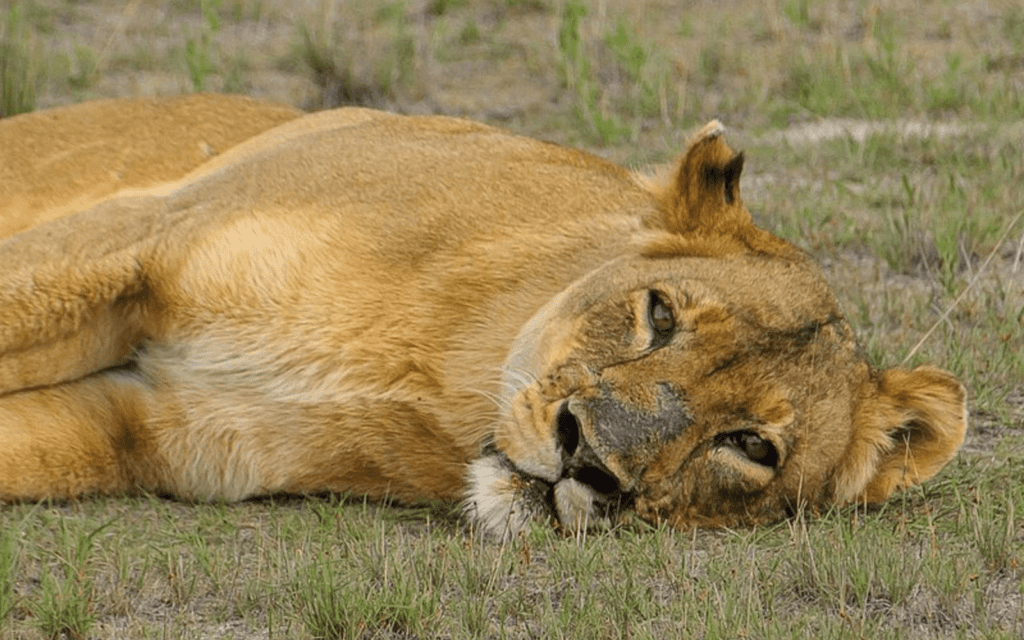 Image © Wikimedia Commons
Image © Wikimedia Commons
10. Namunyak Conservancy —Kenya
One of our favorite remote safari destinations for a trip to Africa, the secluded Mathews Mountain range of northern Kenya, runs for 93 miles (150 km) up to a height of 8200 feet (2500 m). The valleys and slopes are covered in a slightly otherworldly blanket of cycad and juniper forest.
This isn’t the only reason that the Namunyak is a little unusual.
An incredibly successful conservancy trust was set up here for the Samburu tribespeople in 1995. Today, the semi-nomadic pastoralists benefit from tourism while they protect the wildlife they share the area with.
Safaris report regular elephants, dik-dik, impala, kudu, giraffe, and predators like hyenas, cheetah, and wild dog sightings. Leopard is also spotted frequently.
But the most unique experience that guests can enjoy here is one of the few activities on the planet that may not be photographed: the mystical Singing Wells.
 Image © Sarara Camp
Image © Sarara Camp
11. The Kalahari Dessert — Botswana, Namibia, South Africa
A vast semi-arid sandy savannah that runs into three countries, the Kalahari still has swathes of truly remote space to offer. A handful of luxury camps present travelers with incredibly comfortable lodging, and the desert can be discovered on foot, through traditional game drives or by quad bike. Black maned lion and other unique desert-adapted wildlife roam the sands and pans.
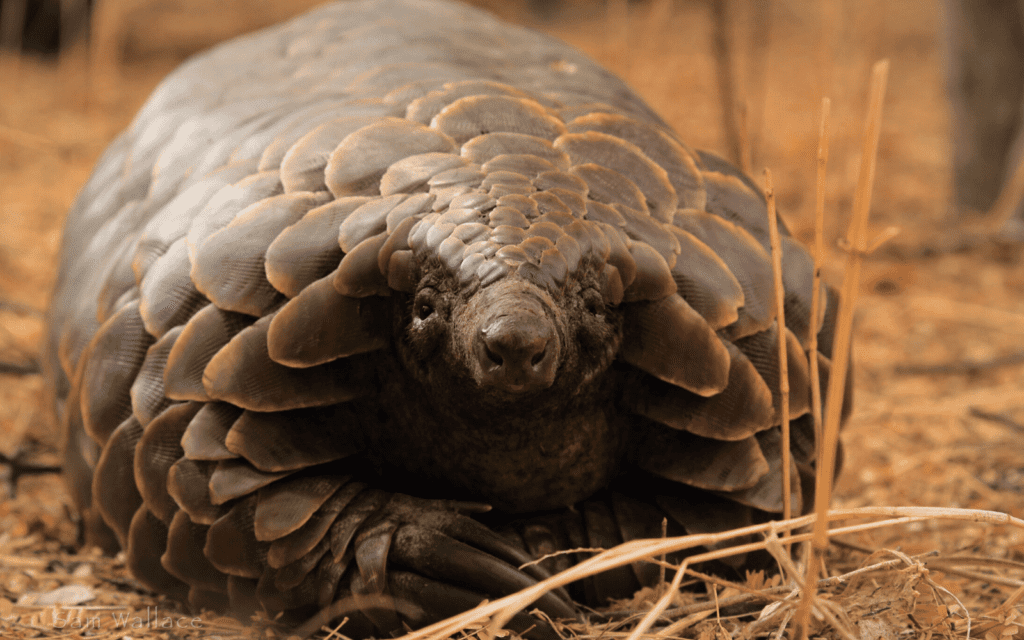 Image © Sam — stock.adobe.com
Image © Sam — stock.adobe.com
12. Quirimbas Archipelago — Mozambique
One of the most remote chains of islands on Africa’s east coast, this is the epitome of running away from civilization… and finding yourself in unbelievable luxury, cocktail in hand while deciding whether you should dive, snorkel, or kayak. The marine habitat features 180 species of coral and over 400 species of reef fish.
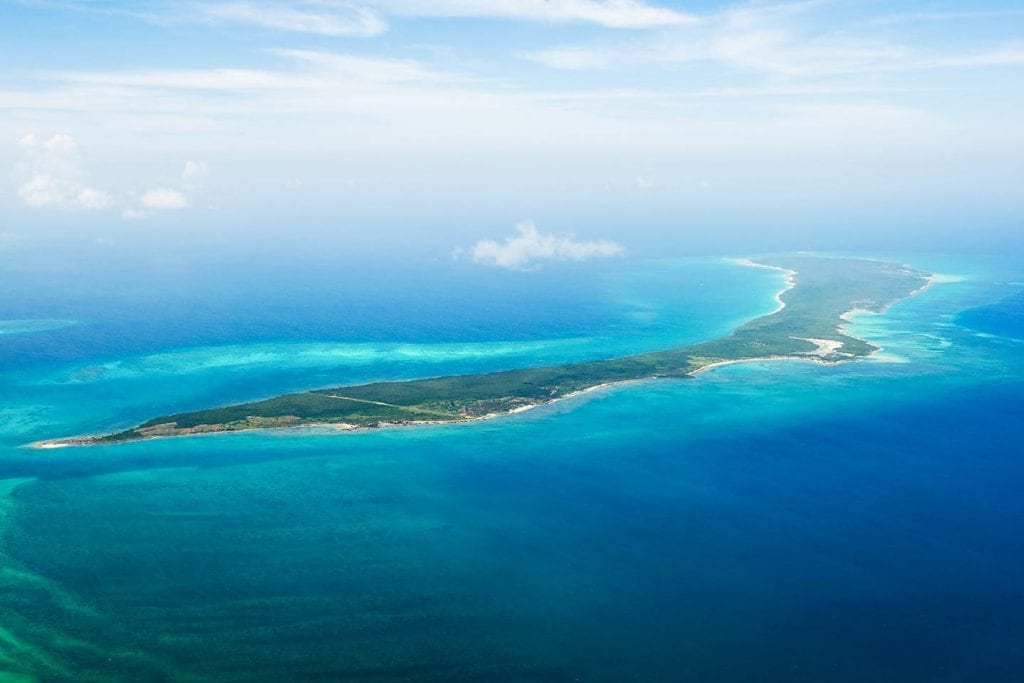 Image © — Vamizi Island
Image © — Vamizi Island
13. The Tsiseb Conservancy in Erongo —Namibia
A vast expanse of desert in one of the driest countries in the world. Plains shimmer in the rising air, rivers steal away like fugitives, and lonely mountains lunge into the sky. Nature itself seems to be on a mission to escape the Tsiseb. But we are drawn to this part of Damaraland surrounding Namibia’s tallest mountain. The Brandberg (A mountain on fire) is an inselberg (an island mountain) that provides access to some of the most otherworldly vistas on earth. Visitors may even peer 2000 years into the past as they gaze at the world-famous White Lady, the most detailed human figure within a group of humans and oryxes in the Maack Shelter cave.
The dry river beds are home to herds of desert-adapted elephants, lion prides, and springbok… and when the sun pulls the shutters of the night down the Milky Way will woo you with such an embarrassment of stars that you may find yourself in years to come, wondering if it was only a dream.
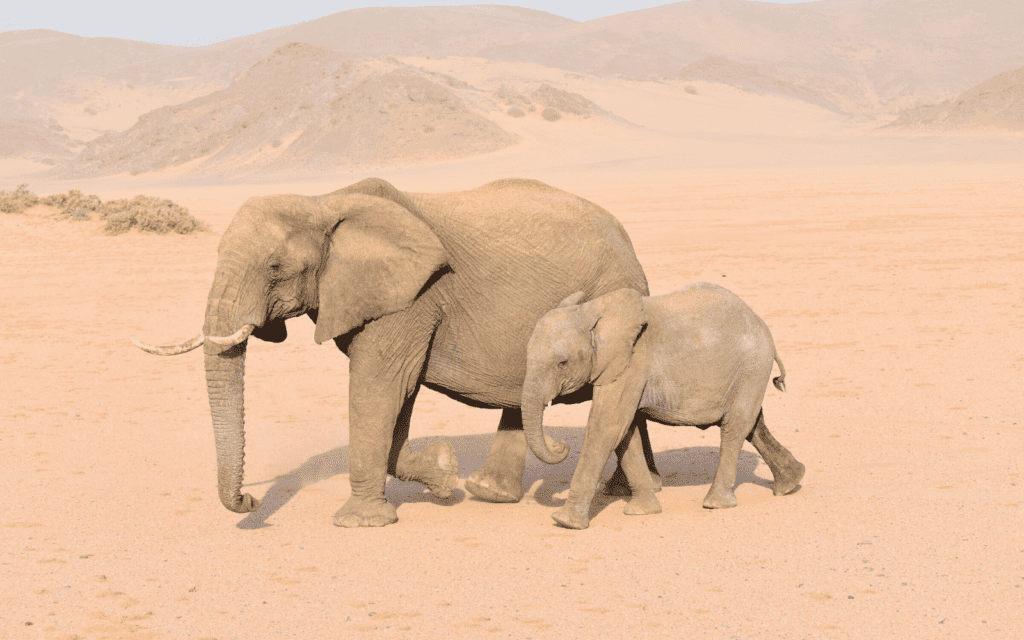 Image © Patrick Duvanel — stock.adobe.com
Image © Patrick Duvanel — stock.adobe.com
15. Okavango Delta — Botswana
An alluvial fan that ebbs and flows between 4000 and 9300 mi2 (6000 and 15000 km 2), the flat Okavango Delta is a veritable oasis within a desert, an important African wildlife safari area and the 1000th site inscribed on the UNESCO World Heritage list.
As much of the Delta is only accessible by air and camps are relatively small, it remains uncrowded.
The Linyanti Reserve is a private concession that lies between the Chobe and Linyanti rivers just northeast of the Delta. Marshes section the lagoons and sausage trees grow with wildlife convening along the Linyanti river when the flood subsides, resulting in a spectacle of elephants, zebra, buffalo, sable and roan antelope. All preyed upon by lions, cheetahs, leopards, wild dogs, and hyenas.
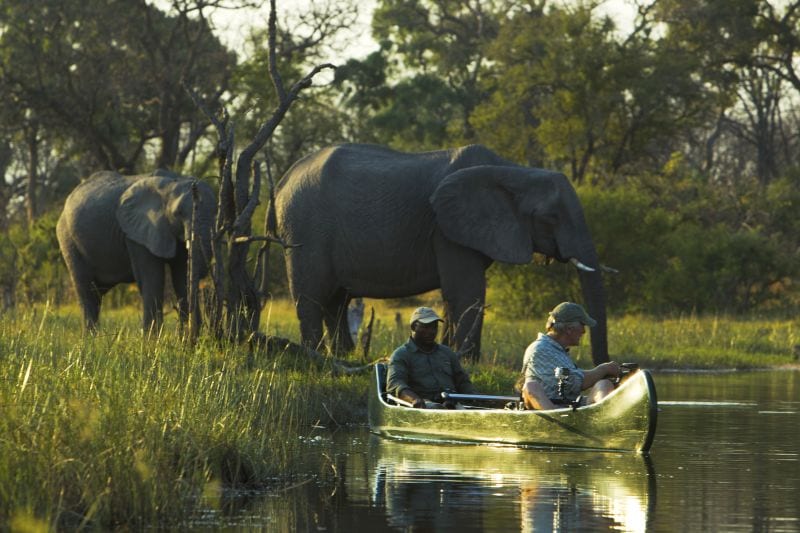 Image © Selinda Explorers
Image © Selinda Explorers
16. Hemis National Park — India
A Snow Leopard trek is a solitary and very remote safari by necessity. The grey ghost is elusive and incredibly talented at camouflage. The Rumbak catchment area, home to 200 snow leopards, offers the best chance at a wild sighting but lies in Hemis National Park along the highest plateau of Jammu and Kashmir. You have to trek on foot to reach it as no cars are allowed here.
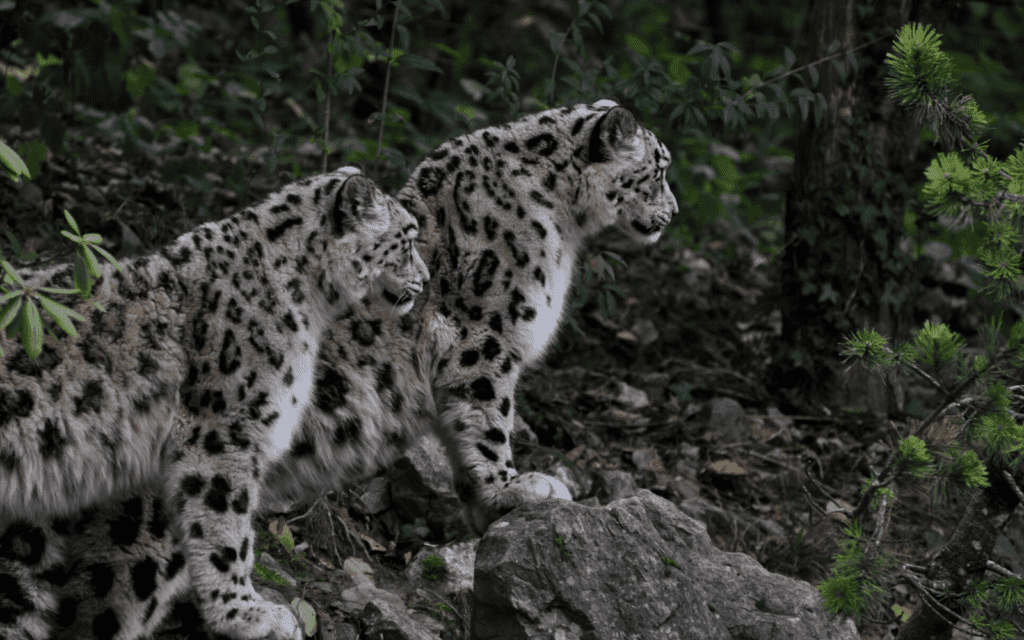 Image © Pascal Mauerhofer – unsplash.com
Image © Pascal Mauerhofer – unsplash.com
P L A C E S
17. Milford Sound — New Zealand
The remote Fiordland National Park lies at the end of one, long, lonely, windy road in the South Island of New Zealand. It isn’t the only way to reach Milford Sound, you can also fly in by fixed-wing plane or helicopter.
Multi-day hikes compete with scenic cruising, kayaking, diving, and sailing for the attention of the adventurous.
But you can also choose to wake up with the Bellbird’s call and watch the first light hit the Fjord.
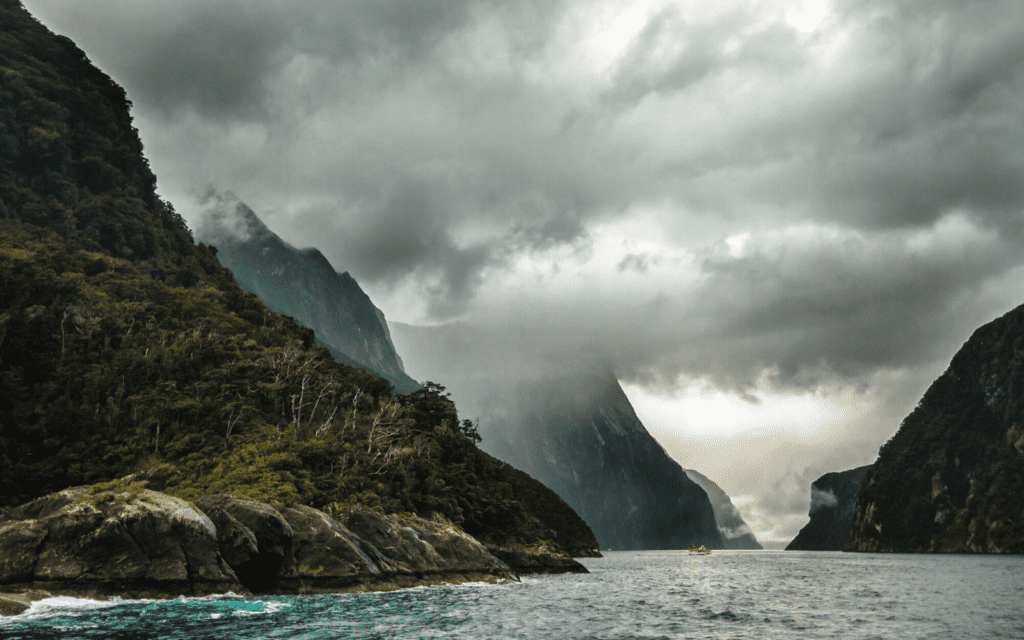 Image © Adam Edgerton — unsplash.com
Image © Adam Edgerton — unsplash.com
18. Allée des Baobabs — Madagascar
The lazy seaside town of Morondava isn’t a destination as much as a waypoint. When travelers arrive here, it is to take the 45-minute drive out of town to the world-famous avenue of Baobabs… or the gruelling three-day, off-road adventure that leads to Toliara through Belo Sur Mer, Kirindy Mitea National Park; Manja; Andavadoka, Salary Bay and the most fantastic baobab trees and succulents, several lakes, hot springs and a ferry crossing on the Mangoky River and is only navigable between May and October every year.
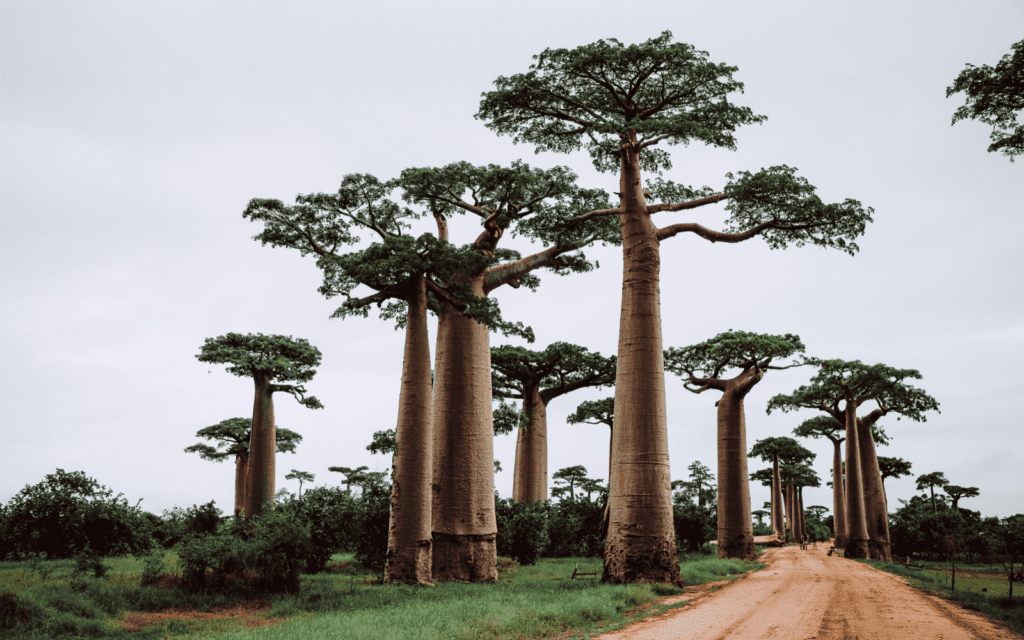 Image © Graphic Node— unsplash.com
Image © Graphic Node— unsplash.com
B E Y O N D H I S T O R Y
19. Machu Picchu — Peru
Geologists think that the incredibly remote location of Machu Picchu was determined by the x of the tectonic fractures it lays over. It was this particular substrate that gave the builders the abundance of stone they needed to construct their citadel.
Today, modern man still finds the mountain challenging to reach, but many make their way to the well-preserved site. Why do we include a crowded place on this list? Because it is still incredibly remote, and there are ways to make this more exclusive.
- Climb Macchu Picchu instead of Huyana Picchu
- Go early (between 6.30 and 8.30) or late (17.00)
- Combine Machu Picchu with Choquequira
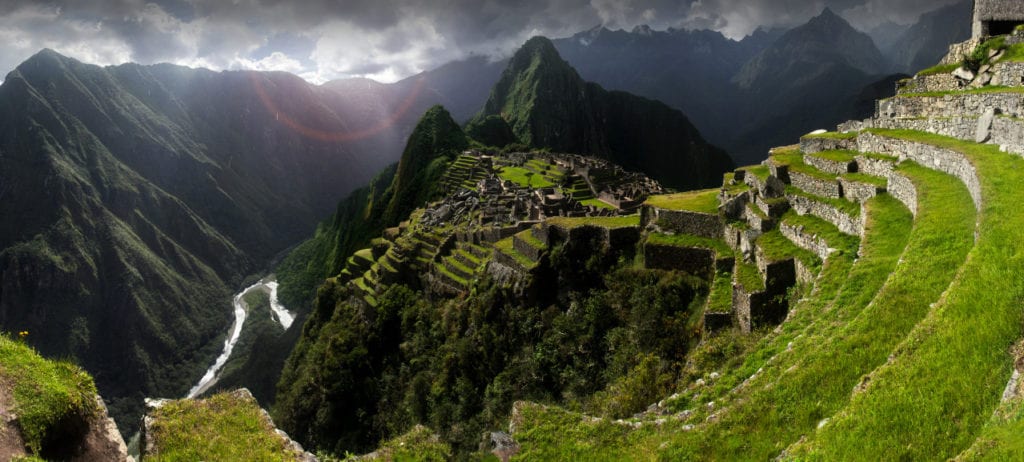 Image © D’July – stock.adobe.com
Image © D’July – stock.adobe.com
20. Veerabhadra temple — India
Lepakshi temple (Veerabhadra temple) in India lies 75 miles (120 km) north of Bangalore. The only way to reach it is by road through rural villages.
Your prize? Well-preserved ceiling paintings dating from the 16th century, a giant Shiva Lingam and Nandi statue, as well as intricate sculptures from the Vijayanagara empire artisans.
It is possible to have this temple all to yourself, with one of the temple priests regaling you with the incredible history of the temple and offering a blessing.
Image © Premnath Thirumalaisamy — Flickr Creative Commons & © MaxPixel

